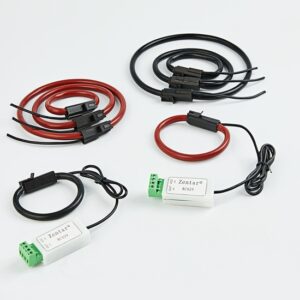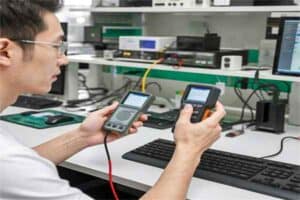
Xiamen ZTC Technology Earns EcoVadis Certification, Strengthening Its Global Commitment to Sustainability and Excellence
Table of Contents Introduction Xiamen ZTC Technology Co., Ltd. is proud to announce that we has successfully obtained the ‘EcoVadis sustainability certification’ in October 2025. This recognition underscores ZTC’s dedication to responsible business practices, environmental stewardship, and sustainable growth in the global electrical component industry.This achievement marks ZTC as not



